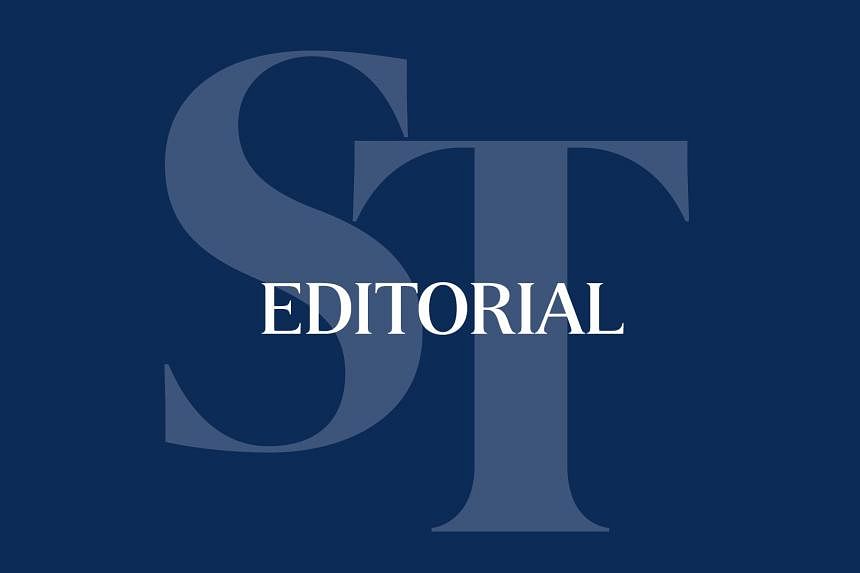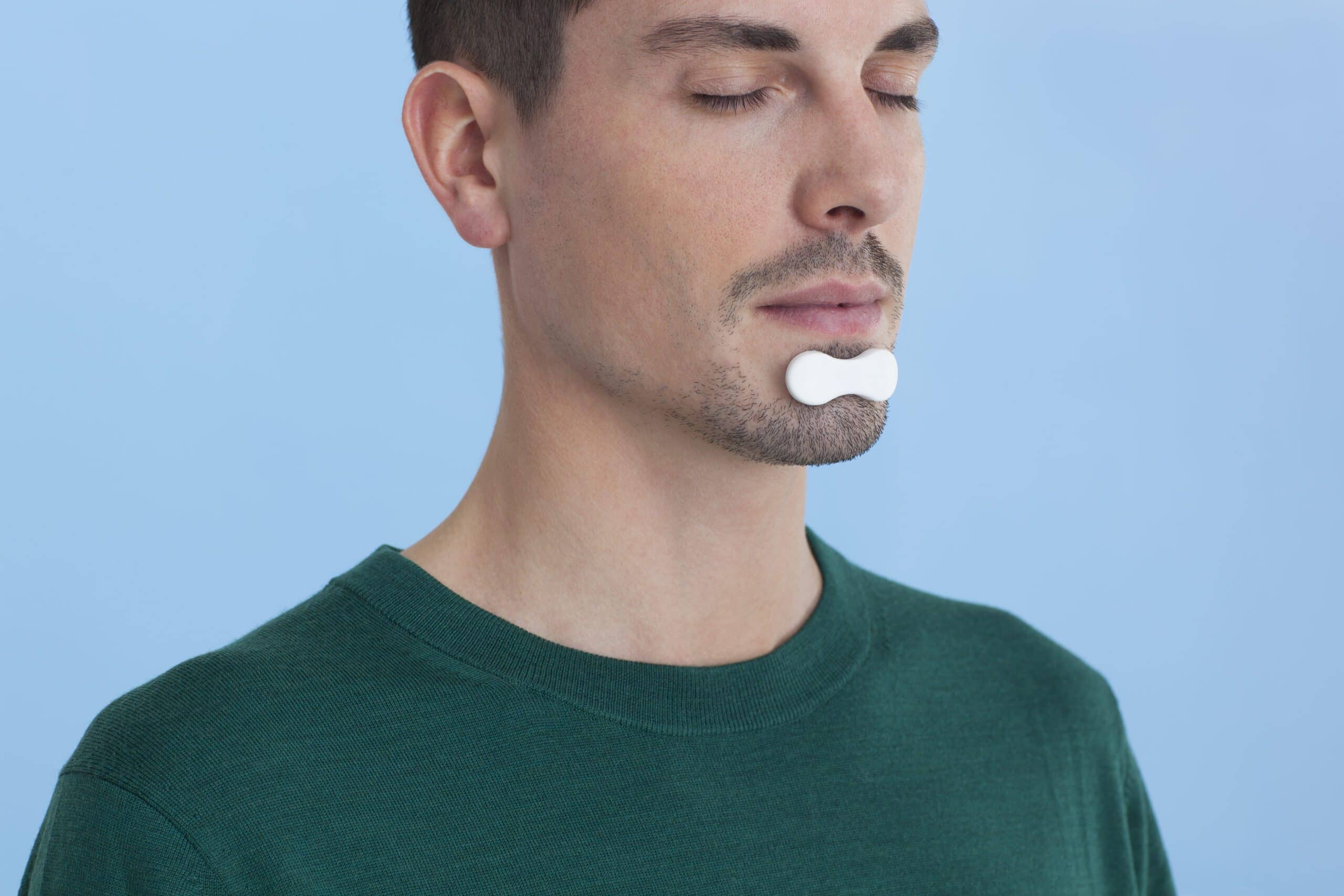Brain imaging research identifies differences in brain structure and activity that could help in understanding and distinguishing IH.
By Regina Patrick
Distinguishing between the central disorders of hypersomnolence can be difficult because symptoms—such as the prolonged sleep periods characteristic of both narcolepsy type 2 and idiopathic hypersomnia (IH)—overlap. The detection of biomarkers can aid in differential diagnosis. For example, a biomarker for narcolepsy type 1 is low cerebrospinal fluid levels of hypocretin/orexin.1 However, IH has no definitive biomarkers.
Some research has focused on using brain imaging techniques to determine whether and how brain structures and brain activity in people with IH differ from those in people with other hypersomnia disorders and in healthy individuals, with intriguing findings.
Diagnosing Idiopathic Hypersomnia
The diagnostic criteria for IH require a person to have all of the following features:
- an irrepressible need to sleep that has persisted for at least three months;
- no cataplexy;
- fewer than two sleep-onset rapid eye movement (REM) periods on the overnight polysomnography (PSG) recording and the multiple sleep latency test (MSLT);
- hypersomnolence, reflected by having one or both of the following:
- a mean sleep latency on the MSLT of ≤8 minutes;
- and/or at least 11 hours of sleep in a 24-hour period, documented via a single 24-hour PSG recording or averaged across at least seven days of actigraphy monitoring during ad-lib sleep.
Other disorders (for example, insufficient sleep, medical/neurological disorder, or substance use) must be ruled out.2
Since the 1950s, IH has been reported in the medical literature3; however, research on IH has been sparse. Thus, its exact pathophysiology remains unknown.
Listen to: Differential Diagnosis of Idiopathic Hypersomnia
Sleep Study Findings in People with IH
In sleep research, differences between people with and without IH are typically examined with PSG and electroencephalography (EEG). However, PSG and EEG recordings alone do not fully reflect what is occurring in IH. Statistical analyses of PSG and EEG activity have given some insight into pathological changes in IH.
Sleep Staging in IH
David T. Plante, MD, PhD, conducted a meta-analysis of PSG studies that included participants with and without IH. It revealed that people with IH had a longer total sleep time, higher REM percentage, shorter sleep onset latency, and lower slow wave sleep percentage. Sleep efficiency and REM sleep latency did not differ significantly between the two groups. In a paper describing the study, Plante states: “Current nosological descriptions of IH as having normal sleep staging may require revision in light of the available evidence base.”4
EEG Frequencies Compared for Narcolepsy, IH, and Controls
Alyssa Cairns, PhD, and Richard Bogan, MD, FCCP, FAASM, used frequency domain analysis of EEG data from PSG studies that were conducted between 2005 and 2015, in which the EEG frequencies were divided into four domains:
- high-frequency (alpha waves);
- low-frequency (delta waves);
- mixed frequency with high energy (MF1; spindles and K-complexes);
- and mixed frequency with low energy (MF2; theta waves).5
These frequency domains were compared between people with narcolepsy types 1 and 2, IH, and people without a hypersomnia disorder.5
In the low-frequency domain, the features of increased amounts of slow-wave sleep and rapid dissipation of low-frequency waves soon before the end of the sleep period were similar between the IH and narcolepsy type 1 groups. The rapid dissipation was surprising because the researchers expected to see an increase, which would have explained “sleep drunkenness” in people with IH. However, the researchers did note that people with IH had notably high arousal indices and suggest this may explain sleepiness among these patients.5
Brain Imaging in Central Disorders of Hypersomnolence
Brain imaging techniques such as positron emission tomography (PET), functional MRI (fMRI), and single-photon emission computed tomography (SPECT) have allowed scientists to noninvasively evaluate brain structure and brain activity differences between people with and without IH. Greater utilization of these techniques in research may soon provide greater clarity regarding IH pathophysiology. Based on neuroimaging findings, certain brain regions—collectively called the default-mode network—have been attracting the interest of scientists.
Defining the Default-Mode Network
Based on PET findings, Marcus E. Raichle, MD, et al, first discussed the concept of the default-mode network, which comprises structures in the brain that decrease their activity during cognitive tasks but increase activity during tasks that involve internal mental-state processes (such as imagining the future) or when a person is quietly resting with their eyes closed, suggesting that an organized mode of brain function may exist as a “default” state.6 Which brain regions should be included in the default-mode network has not been fully determined, but scientists generally include the medial prefrontal cortex, posterior cingulate cortex, inferior parietal lobule, middle temporal lobe, and precuneus.7,8
Sean P.A. Drummond, PhD, et al, demonstrated that the default-mode network is involved in maintaining vigilance, based on their findings using fMRI to scan participants performing psychomotor vigilance tasks. Individuals with the slowest reaction times after sleep deprivation had more activation of the default-mode network, which may explain their inattention. By contrast, some individuals with faster reaction times after sleep deprivation had less activation of the default-mode network, which may be because they were able to reallocate brain activity to regions involved in attention.9
Signs of Amygdala Changes in IH
Soufiane Boucetta, PhD, et al, used SPECT to examine differences in brain activation, as reflected by regional cerebral blood flow changes, between people with and without IH. He found that some regions, such as the amygdala (in particular, its left side), had increased regional cerebral blood flow changes in participants with IH, although they were in a resting state without any emotion-related task.10 Other researchers have noted a similar hyperperfusion in the left amygdala during non-REM sleep in healthy individuals.11
So an incomplete transition from non-REM sleep to wakefulness may occur in IH. This alteration in the amygdala during resting wakefulness interestingly does not seem to occur in people with narcolepsy with cataplexy.12 This finding could potentially be used to differentiate between these two central hypersomnia disorders, Boucetta suggests.
Revelations from fMRI Brain Scans
Florence Pomares, PhD, et al, scanned the brains of people with and without IH using fMRI during wake. They structurally found no significant differences in the overall volume of gray matter, white matter, or cerebrospinal fluid between the groups.13
But the inferior frontal gyrus was smaller, and the gray matter volume of the left middle occipital gyrus and cortical thickness of the right precuneus (a default-mode structure) was larger in people with IH. In addition, a positive correlation existed between gray matter volume in the middle occipital gyrus and the participants’ self-reports of daytime sleepiness. These structural changes in the default-mode network may contribute to daytime sleepiness in IH. Pomares and co-investigators also found that the posterior part of the brain was hyperactive as if to compensate for the deficient frontal lobe activation during wake.13
“There are few striking findings from this ongoing work,” says Thien Thanh Dang-Vu, MD, PhD, FAASM, a professor at Concordia University and an investigator in the Pomares study. “One of these findings is that the changes observed in IH are different from those reported in narcolepsy with cataplexy [narcolepsy type 1], which confirms that the pathophysiology of IH is clearly distinct from NT1.
“Another interesting finding is some of the reported functional changes during wakefulness in IH resemble those observed during deep sleep in healthy individuals, suggesting that maybe some IH symptoms are due to incomplete transitions from sleep to wakefulness.”
Hypermetabolism While Awake
Yves Dauvilliers, MD, PhD, et al, used fludeoxyglucose-positron emission tomography to examine the brain activity during wakefulness in people with narcolepsy or IH versus those without hypersomnia. The uptake of fluorodeoxyglucose was greater in the anterior and middle cingulate and the insula in people with IH and narcolepsy than in the controls.8
In addition, fluorodeoxyglucose uptake was higher in the right superior occipital gyrus in people with narcolepsy but was higher in the middle orbital cortex and supplementary motor area in people with IH, but at sub-statistical levels. The hypermetabolism in these brain regions (some of which are believed to be part of the default-mode network), the investigators suggest, could be the brain compensating to counteract sleepiness.8
Brain Imaging in Clinical Practice
Neuroimaging is generally not used to diagnose IH. But it can be a complementary part of an evaluation if another condition, such as a tumor, is suspected.14 “I do think that brain imaging can help identify biomarkers of IH and therefore aid in differentiating IH from other types of central disorders of hypersomnolence,” Dang-Vu says. “Brain imaging may thus offer some important insight into the diagnostic classification between central disorders of hypersomnolence.”
References
1. Nishino S, Ripley B, Overeem S, et al. Hypocretin (orexin) deficiency in human narcolepsy. Lancet. 2000;355(9197):39-40.
2. American Academy of Sleep Medicine. International Classification of Sleep Disorders—Text Revision, 3rd ed. 2023 Jun.
3. Billiard M, Sonka K. Idiopathic hypersomnia: historical account, critical review of current tests and criteria, diagnostic evaluation in the absence of biological markers and robust electrophysiological diagnostic criteria. Nat Sci Sleep. 2022;14:311-22.
4. Plante DT. Nocturnal sleep architecture in idiopathic hypersomnia: a systematic review and meta-analysis. Sleep Med. 2018;45:17-24.
5. Cairns A, Bogan R. Comparison of the macro and microstructure of sleep in a sample of sleep clinic hypersomnia cases. Neurobiol Sleep Circadian Rhythms. 2019;6:62-9.
6. Raichle ME, MacLeod AM, Snyder AZ, et al. A default mode of brain function. Proceedings of the National Academy of Sciences of the USA.2001 Jan 16;98:676-82.
7. Broyd SJ, Demanuele C, Debener S, et al. Default-mode brain dysfunction in mental disorders: a systematic review. Neurosci Biobehav Rev. 2009;33(3):279-96.
8. Dauvilliers Y, Evangelista E, de Verbizier D, et al. [18F]Fludeoxyglucose-positron emission tomography evidence for cerebral hypermetabolism in the awake state in narcolepsy and idiopathic hypersomnia. Front Neurol. 2017;8:350.
9. Drummond SP, Bischoff-Grethe A, Dinges DF, et al. The neural basis of the psychomotor vigilance task. Sleep. 2005;28(9):1059-68.
10. Boucetta S, Montplaisir J, Zadra A, et al. Altered regional cerebral blood flow in idiopathic hypersomnia. Sleep. 2017;40(10):10.1093/sleep/zsx140.
11. Nofzinger EA, Buysse DJ, Miewald JM, et al. Human regional cerebral glucose metabolism during non-rapid eye movement sleep in relation to waking. Brain. 2002;125(Pt 5):1105-15.
12. O’Byrne JN, Salimi A, Dang-Vu TT. Neuroimaging of narcolepsy. In: Goswami M, Thorpy MJ, Pandi-Peruma SR, editor(s). Narcolepsy: A Clinical Guide. 2nd ed. Springer International Publishing. 2016:177-91:chapter 13.
13. Pomares FB, Boucetta S, Lachapelle F, et al. Beyond sleepy: structural and functional changes of the default-mode network in idiopathic hypersomnia. Sleep. 2019 Oct 21;42(11):zsz156.
14. Trotti LM, Bliwise DL. Brain MRI findings in patients with idiopathic hypersomnia. Clin Neurol Neurosurg. 2017;157:19-21.
Photo 23177196 © Effectteam | Dreamstime.com






































